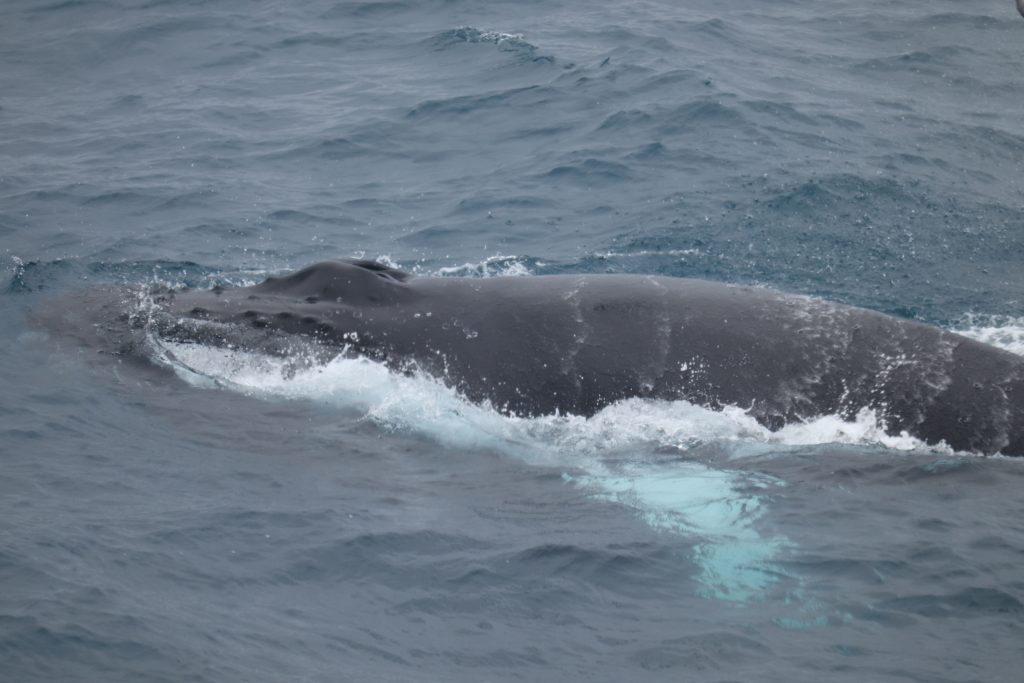Ever wondered if whales can be identified? Keep reading to learn about humpback whale identification.
If you’ve been on one of our tours recently you may have noticed that amongst the accoutrement of radios, speakers and useful spotting equipment the guides keep with them, they also have a camera at the ready at all times.
There are a couple of reasons for this. One being so that we can opportunistically capture picturesque photos of the wildlife and the landscape to showcase the magnificence of our tours, allowing those of you who have an upcoming tour to get an idea of what to expect, and just how exciting life at sea can be. However, one of the more pivotal reasons that we are often spotted acting as snap-happy as can be is to help extend the scientific database of Icelandic whales.
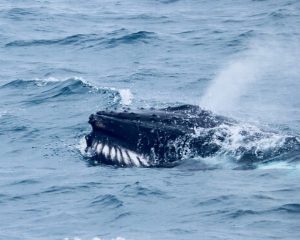
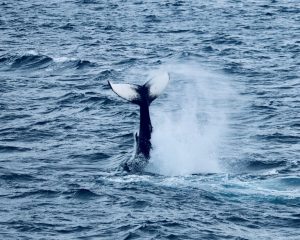
As of October 2017, 738 different individual humpback whales have officially been identified in Icelandic waters alone. The fluke (the underside of the caudal fin) of a humpback whale is always completely unique. A fluke to a humpback whale is the same as a fingerprint is to us humans (Brown et al., 2018). Since 1981, researchers, whale watching guides and tourists alike have been photographing humpbacks in Iceland and creating a giant database of all the mugshots that they can. You will be able to see from the photos attached here, as each photo shows a different whale with varied spots, blotches and nicks. Essentially, we are using photos to spot the difference and help us identify our fellow mammals.
Humpback whales tend to be separated into two groups: those who live in the Southern Hemisphere and those who live in the Northern Hemisphere. Humpbacks exhibit strong site philopatry, which means that they like to return to the same ‘holiday’ destinations every year. They are genetically programmed to consistently return to the same locations as their parents, and their parents before them to breed, feed and explore (Kowarski et al., 2018). Northern humpbacks spend their years migrating between the Arctic, where they love to eat krill, cold water fish and plankton in some of the most nutrient rich waters in the world, to breeding grounds such as Guadeloupe, the Dominican Republic, the West Indies and the Cape Verde Islands (Bertulli et al., 2018).
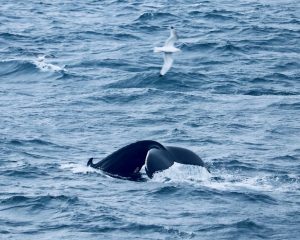
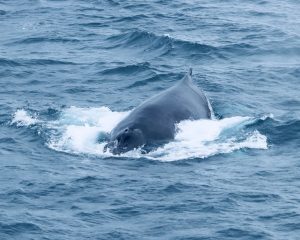
Using the photo ID database, local scientists were able to compare populations of whales passing through various feeding grounds in North Atlantic, such as West Greenland, Eastern Canada, the Gulf of Maine, Norway and here in Iceland. While we previously believed that the whales were facultative travellers (which would mean that they don’t mind where they go, as long as they get a snack wherever they end up), we now have evidence that there is extremely little overlap between individuals who visit each of the feeding grounds listed above. Of the 738 whales spotted in Iceland, only four have been seen in Norway- where a separate population of 752 individuals have been seen (Lavin, 2017). Just from photographic identification, we have been able to learn a little more about the behavior of these beautiful animals- and seen that their routine is a lot more diligent than we could possibly have imagined!
Hopefully this has given you some insight into the power of photography in marine research, and potentially has inspired you to bring your cameras on board with us. Who knows, maybe you will be the next person to identify a new whale in the area on one of our whale watching tours from Reykjavík, Iceland!
See more about humpback whales and how humpback whales feed here.
Blog and photos by: Catherine Cushenan (Guide)
References
Bertulli, C. G., Guéry, L., McGinty, N., Suzuki, A., Brannan, N., Marques, T., … & Gimenez, O. (2018). Capture-recapture abundance and survival estimates of three cetacean species in Icelandic coastal waters using trained scientist-volunteers. Journal of Sea Research, 131, 22-31.
Brown, D. M., Robbins, J., Sieswerda, P. L., Schoelkopf, R., & Parsons, E. C. M. (2018). Humpback whale (Megaptera novaeangliae) sightings in the New York‐New Jersey Harbor Estuary. Marine Mammal Science, 34(1), 250-257.
Kowarski, K., Evers, C., Moors‐Murphy, H., Martin, B., & Denes, S. L. (2018). Singing through winter nights: Seasonal and diel occurrence of humpback whale (Megaptera novaeangliae) calls in and around the Gully MPA, offshore eastern Canada. Marine Mammal Science, 34(1), 169-189.
Lavin, C. P. (2017). Photo-identification of humpback whales (Megaptera novaeangliae) between Iceland, Norway and Guadeloupe (Doctoral dissertation).
